 31st of May
31st of May
Acropolis Museum
1.5 hour

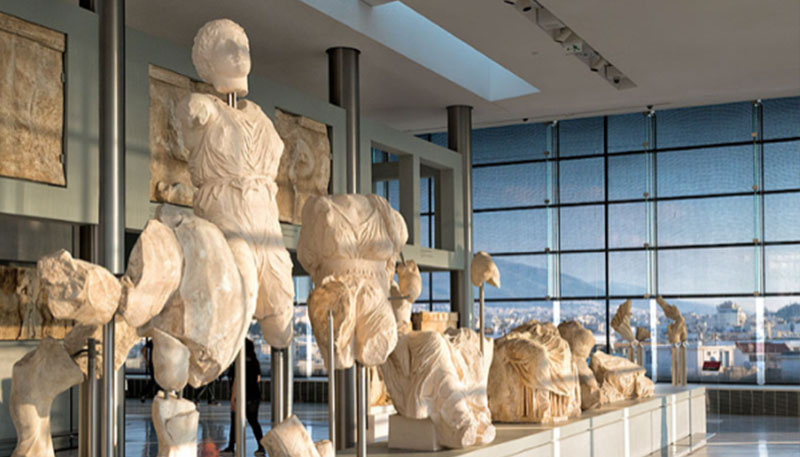
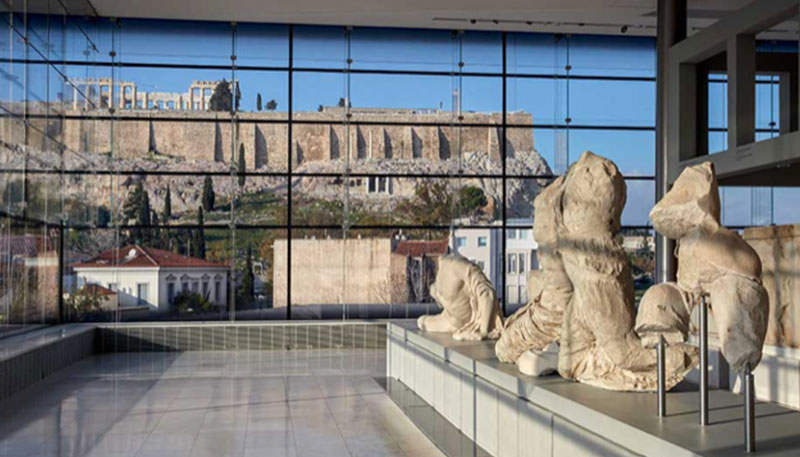
Located in the central neighbourhood of Makrigianni, the museum is framed by olive trees and
propped up by concrete pillars, revealing the site’s archaeological excavation below. The
remnants are of an ancient neighbourhood that once thrived, complete with a drainage system,
bathhouses and mosaicsthe Museum stands less than 1,000 feet southeast of the Parthenon.
The top-floor Parthenon Gallery offers a 360-degree panoramic view of the Acropolis and modern
Athens. The Museum is entered from the Dionysios Areopagitou pedestrian street, which links it
to the Acropolis and other key archeological sites in Athens.
The collection is installed in chronological sequence, from pre-history through the late Roman
period, but reaches its high point (literally and programmatically) with the Parthenon
Frieze.
The first exhibition space, on the Museum’s ground floor, contains finds from the Acropolis
slopes. Representing an integral part of the Rock's topography and history, the slopes hosted
small and large sanctuaries, old and new cults, theatrical and musical venues and, further
downslope, private residences. The gallery’s upward sloping floor reflects the nature of the
path that someone in antiquity would have followed as they ascended the Acropolis Rock, while
glass panels in the floor allow Museum visitors to enjoy a visual connection with the
archaeological excavation exhibited just below.
Congress Dinner
VARULKO SEASIDE Restaurant
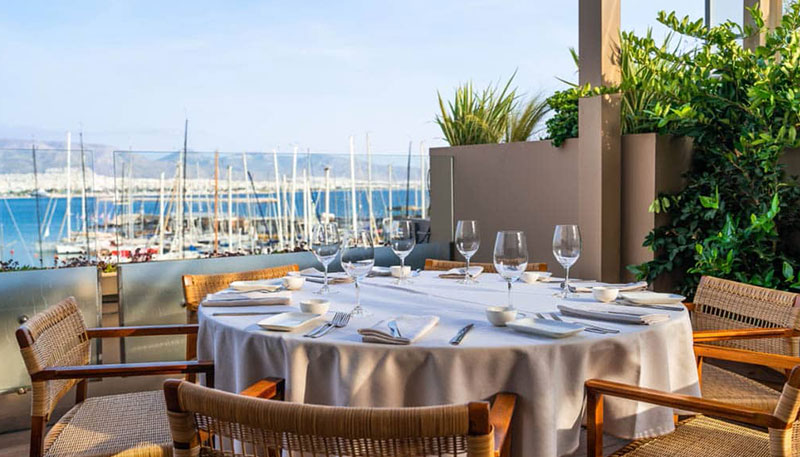
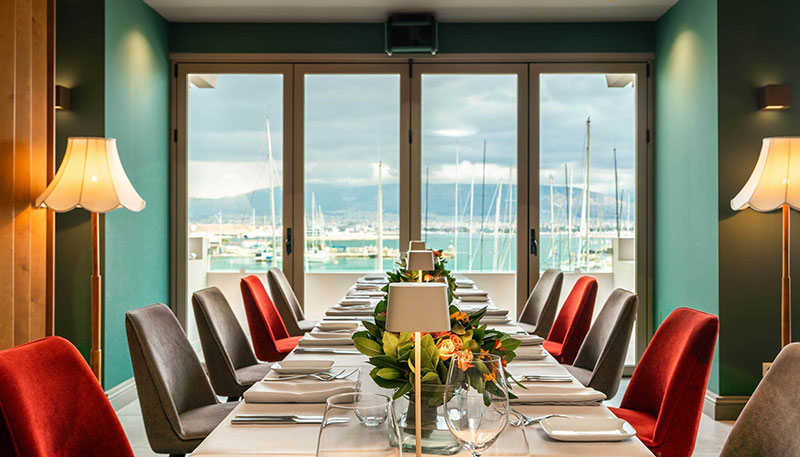
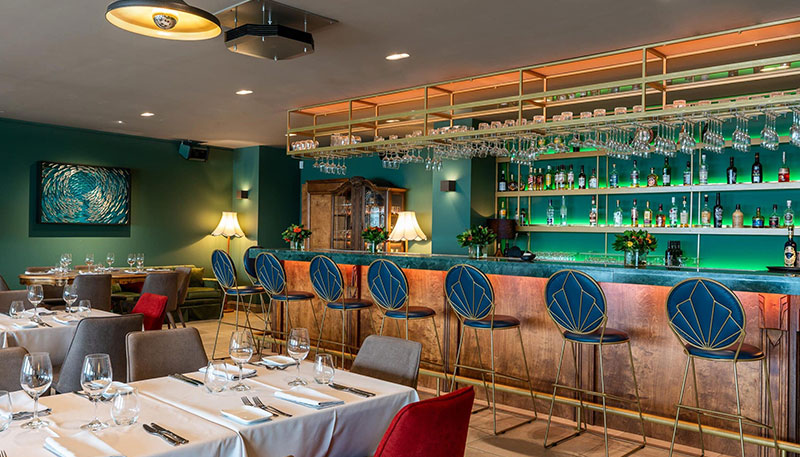
A MICHELIN STAR GREEK CULINARY EXPERIENCE
Welcome to Varoulko Seaside, where culinary excellence meets breathtaking coastal views. Originally established as a premier high-quality restaurant, they have now evolved into the ultimate destination for discerning food enthusiasts.Led by the Michelin-awarded renowned Chef Lefteris Lazarou, his culinary team expertly crafts exquisite seafood dishes that captivate the senses, blending traditional and contemporary flavors in a harmonious symphony. With a legacy as a true legend in the Greek gastronomical scene, Varoulko Seaside continues to make a resounding and timeless statement in the world of fine dining, specializing in the art of seafood cuisine.